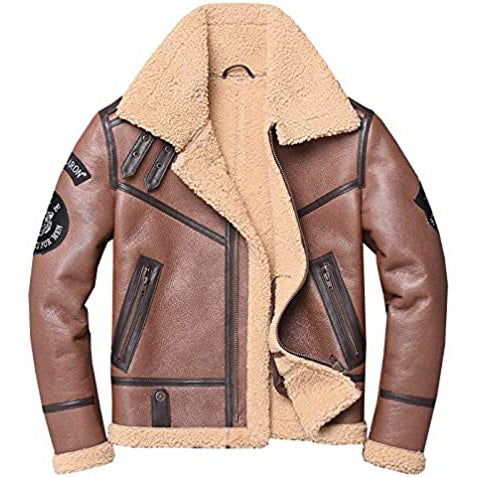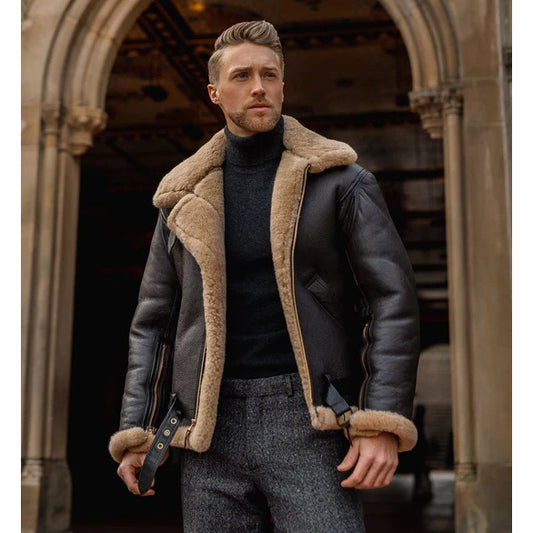What Is a Leather Thickness Chart?
Leather is a timeless material known for its durability, luxury, and versatility. Whether you're a leather enthusiast, a craftsman, or a fashion designer, understanding the thickness of leather is crucial for your projects. In this article, we'll delve into the world of leather thickness and explore the significance of a leather thickness chart.
Understanding Leather Thickness
Leather is a natural material derived from animal hides and skins. Its thickness is a vital characteristic that impacts its intended use, appearance, and overall quality. Leather thickness is typically measured in ounces (oz) or millimeters (mm). An accurate leather thickness chart provides valuable information about the leather's thickness, which can vary from paper-thin to several millimeters.
The Importance of Leather Thickness
-
Craftsmanship and Projects: For artisans and craftsmen, the thickness of leather is pivotal in determining its suitability for specific projects. Thicker leather is ideal for robust items like belts, saddles, and wallets, while thinner leather works well for delicate applications such as wallets and clothing.
-
Durability: Thickness directly correlates with durability. Thicker leather tends to be more robust and long-lasting, making it a preferred choice for products requiring high durability, like furniture and upholstery.
-
Comfort and Wearability: In the world of fashion, leather thickness plays a crucial role in comfort and wearability. Leather garments, shoes, and accessories need to strike a balance between thickness and suppleness for a comfortable fit.
The Leather Thickness Chart
A leather thickness chart is a comprehensive tool that categorizes leather into various thickness ranges. This chart helps consumers, designers, and craftsmen make informed decisions when selecting leather for their projects. Here's a simplified version of a typical leather thickness chart:
-
Lightweight Leather (2 oz - 4 oz / 0.8 mm - 1.6 mm): Ideal for making garments, lightweight accessories, and intricate crafts. Offers flexibility and comfort.
-
Mediumweight Leather (5 oz - 7 oz / 2 mm - 2.8 mm): Suitable for belts, wallets, and durable bags. Balances thickness with flexibility.
-
Heavyweight Leather (8 oz - 10 oz / 3.2 mm - 4 mm): Used for sturdy items like saddles, holsters, and tooling leather. Provides exceptional durability.
-
Extra-Heavyweight Leather (10 oz+ / 4 mm+): Reserved for heavy-duty applications like furniture upholstery and harnesses. Offers unmatched strength.
Questions to Ponder
Now that we've explored the concept of a leather thickness chart, let's raise some important questions:
- How does leather thickness affect the cost of a leather product?
- What are the factors to consider when choosing the right leather thickness for a project?
- Are there any exceptions where thinner leather can be used for heavy-duty applications?
Conclusion: Finding Solutions
In conclusion, a leather thickness chart is a valuable resource that empowers individuals and businesses in the leather industry to make informed decisions. Understanding how thickness impacts the suitability of leather for different applications is essential.
To address the questions raised, it's important to note that leather thickness does affect the cost, as thicker leather is usually more expensive due to its durability and quality. When choosing the right leather thickness, factors like the project's intended use, desired aesthetics, and budget should be considered. While thicker leather is generally preferred for heavy-duty applications, innovative tanning and processing techniques can make thinner leather suitable for specific situations.
In your leather journey, remember that the thickness of leather is just one aspect of its quality. Selecting the right leather thickness, along with other quality indicators, will ensure your leather projects stand the test of time and remain a testament to the timeless beauty and durability of this remarkable material.
As you embark on your next leather project, let this article serve as a guide in your quest for the perfect leather thickness, balancing functionality, style, and quality.




